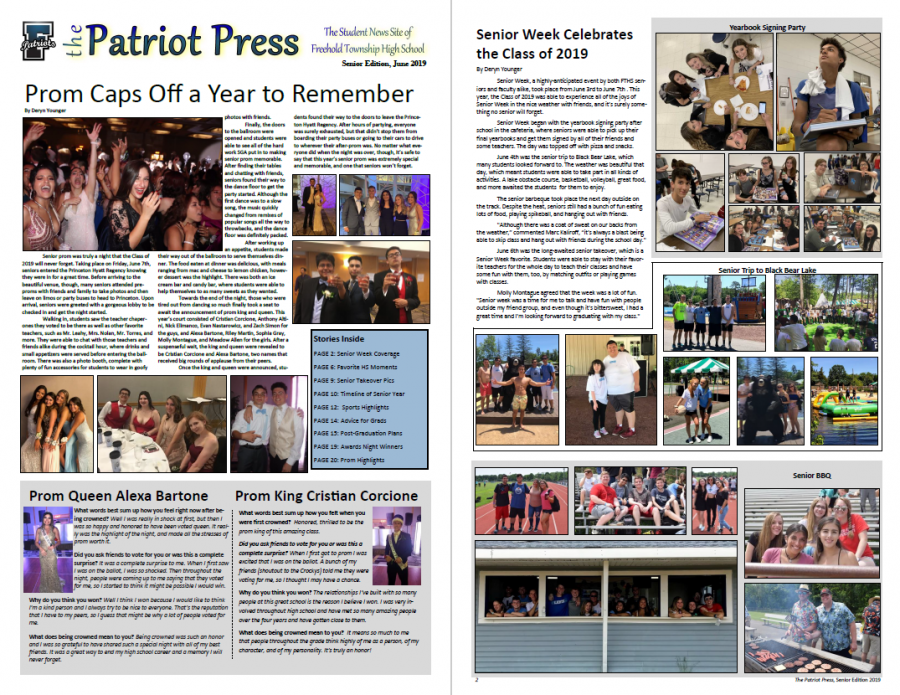Every June, as the final school bell rings, students rush out of classrooms ready for a long break. For most of the country, summer vacation lasts about two to three months. But by the time August rolls around, the question often comes up: Should summer break be even longer?
Why a Longer Summer Sounds Appealing
For many students, summer is the only time to truly relax. The school year is full of tests, sports, and extracurriculars, leaving little room to breathe. According to The Guardian, a longer break gives kids (and teachers) time to “rejuvenate” and families more opportunities to be together without the constant pressure of school.
There’s also the chance to explore new interests. As reported by The Outlook, summer lets students make choices for themselves—whether that’s working a summer job, learning a new skill, or simply spending time outside of a classroom setting. In fact, nonprofit groups like Common Threads highlight how summer experiences, from cooking to travel, can teach life skills that textbooks don’t always cover.
The Concerns About Extending Summer
On the flip side, experts warn about the “summer slide”—the learning loss that happens when school is out for too long. According to the National Summer Learning Association, students can lose up to two months of math skills over the summer. A study cited by Huntington Learning Center found similar results, noting reading skills often slip as well.
The problem isn’t the same for everyone. As Brookings Institution researchers point out, higher-income students may actually gain skills during the summer because of camps or enrichment programs, while lower-income students are more likely to fall behind. Extending summer could widen that gap.
There are also practical issues. More time off in the summer could mean cutting down other breaks during the year or adding extra days in June and August. As one analysis in Raymond Geddes notes, year-round or extended calendars can also increase costs for schools, from transportation to staffing.
Looking for a Middle Ground
Some districts have tried to find a balance by experimenting with “balanced calendars.” Instead of one long summer, students get shorter, more frequent breaks spread throughout the year. According to CT Insider, schools in New London, Connecticut, saw improved engagement and attendance with this model, although scheduling and childcare challenges remain.
In England, the Nuffield Foundation has suggested trimming summer from six weeks to four and redistributing the days throughout the year to help close learning gaps. Closer to home, some schools also offer summer enrichment programs to give students a mix of rest and structured learning.
The Bottom Line
So, should summer break be longer? While the idea sounds appealing, the evidence shows that too much time away from school can set students back, especially those without access to enrichment programs. A longer summer might give students more rest, but it could come at the cost of widening academic gaps.
Perhaps the real solution isn’t a longer summer, but a smarter school calendar—one that balances downtime with opportunities to learn and grow.



















































